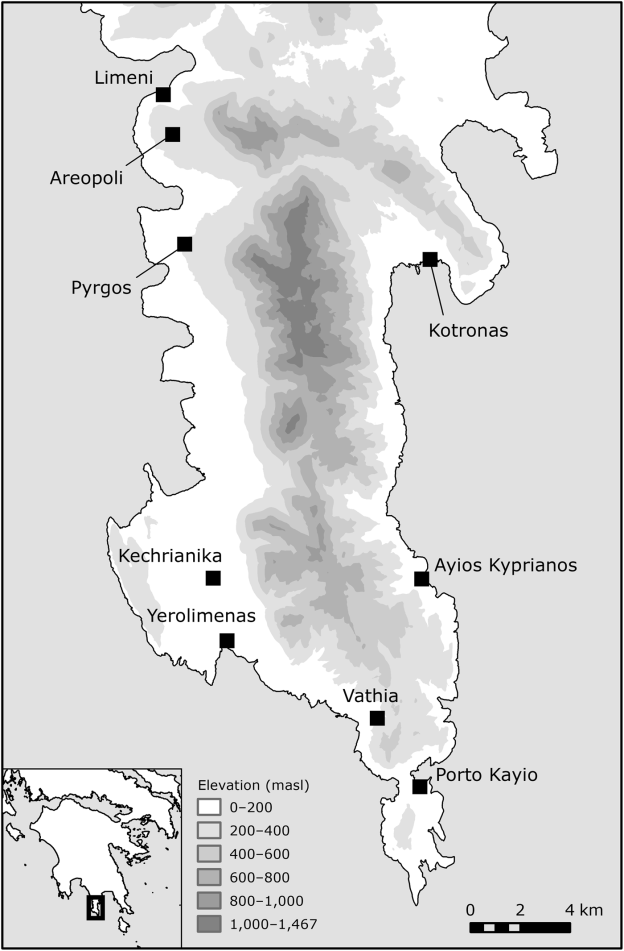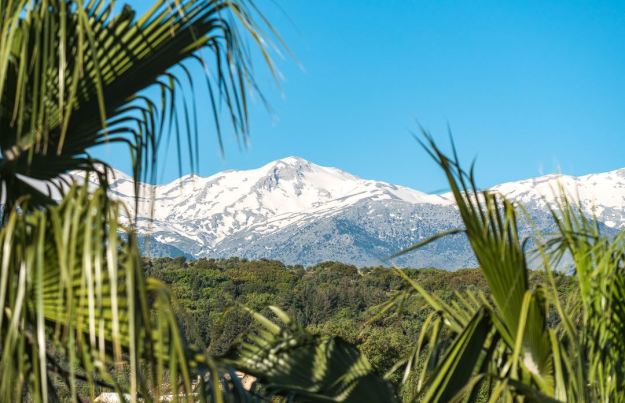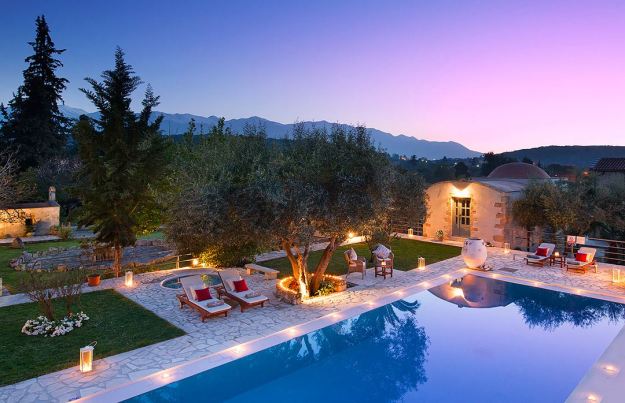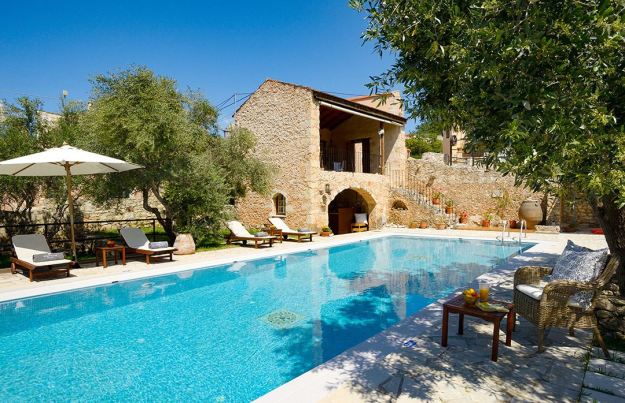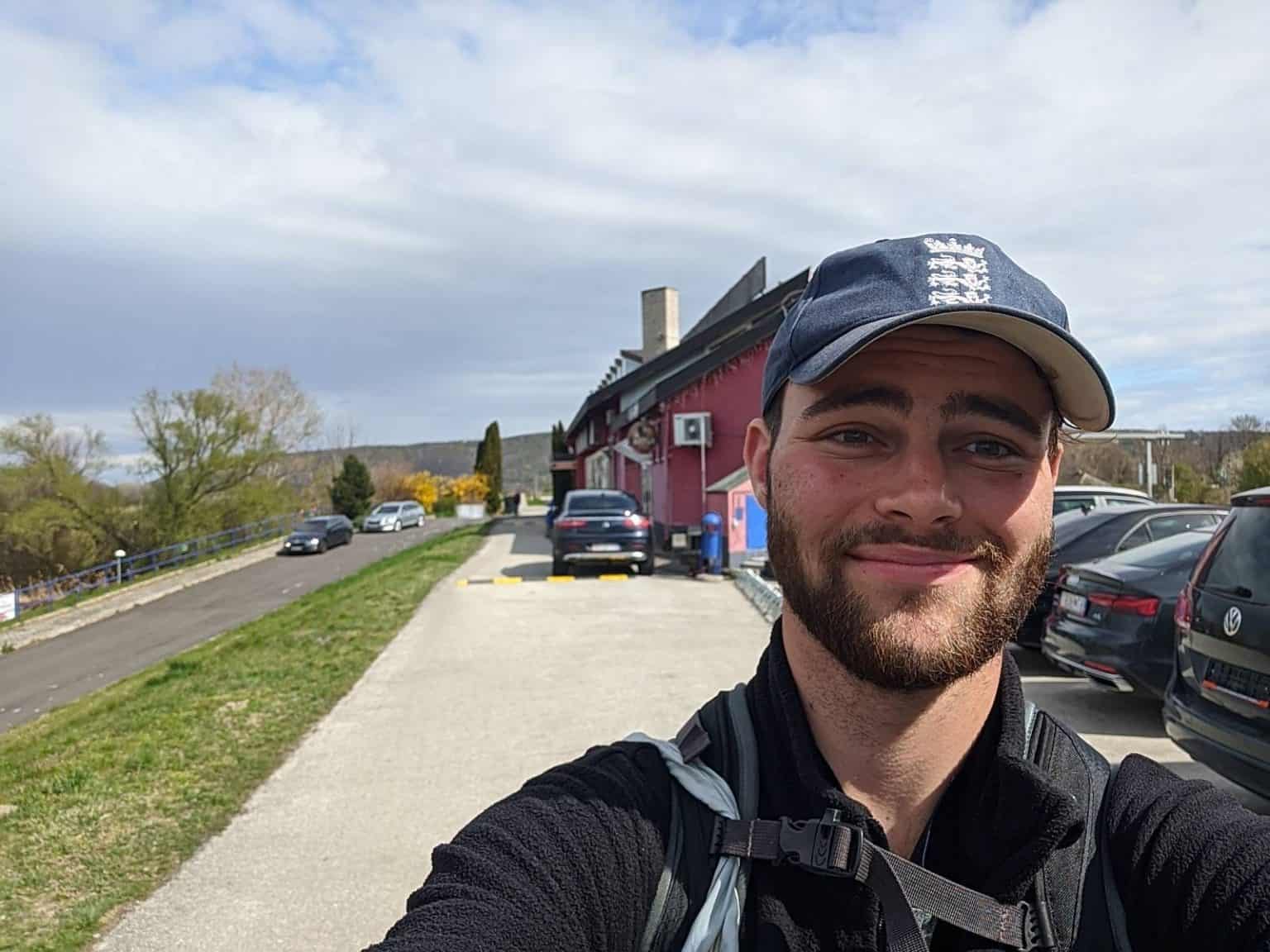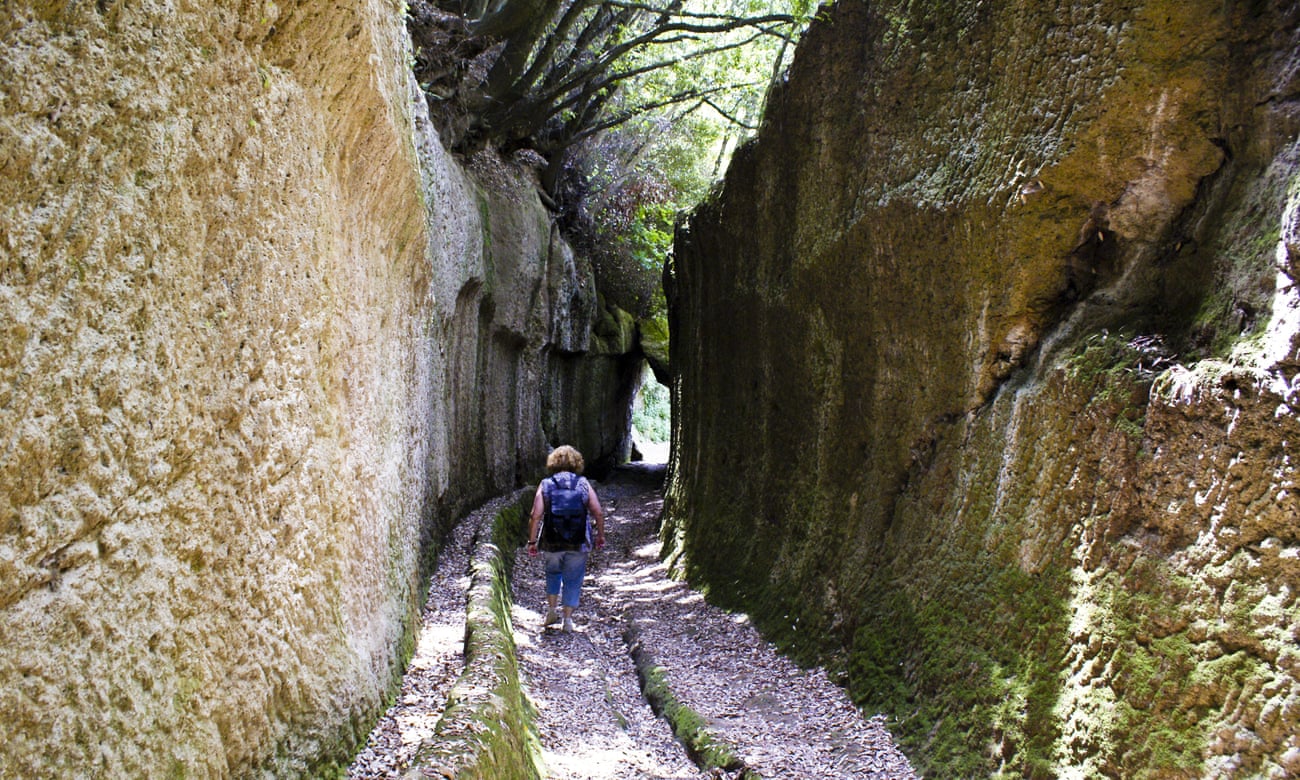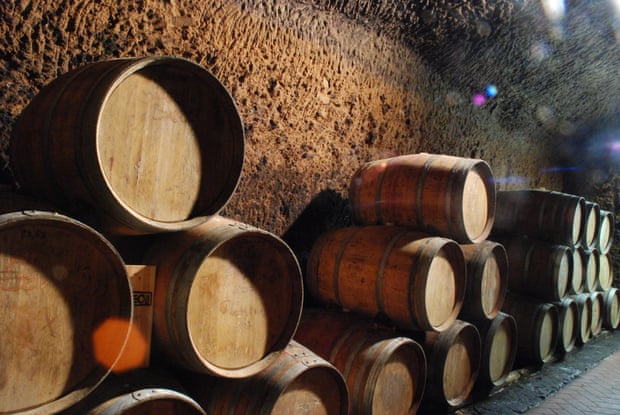
Nick Hunt reads from his new book at the launch at Stanford’s bookshop, London on 6 September 2017
Jan Morris’ review of Nick’s new book, Where the Wild Winds Are: Walking Europe’s Winds from the Pennines to Provence . First published in The Literary Review. She is effusive in her praise, concluding …
. First published in The Literary Review. She is effusive in her praise, concluding …
Hunt’s own summing-up of the whole venture expresses it better than I can, anyway. He says that he and his senses have been washed, scoured, scrubbed, frozen, heated, pummelled, pounded, downcast, uplifted and animated by the Winds.
And so, in a way, have mine, by reading his book.
This extraordinary work is a prime example of that contemporary genre, the ex-travel book. Travel writing as such being a bit obsolete now, since so many readers have been everywhere, the form has evolved into something more interpretative or philosophical. Where the Wild Winds Are: Walking Europe’s Winds from the Pennines to Provence is a work of this sort – a thoughtful (and perhaps rather too protracted) relation of a journey on foot across half of Europe – and it contains much admirable descriptive writing of the old sort. It is also, however, something far more interesting than most such enterprises: it describes an expedition into the Winds!
is a work of this sort – a thoughtful (and perhaps rather too protracted) relation of a journey on foot across half of Europe – and it contains much admirable descriptive writing of the old sort. It is also, however, something far more interesting than most such enterprises: it describes an expedition into the Winds!
The Winds? Yes, four European winds, sometimes with a capital W, sometimes not, into which, one by one, Nick Hunt goes. He wants to experience and explore them all. Each is rich in history, myth, folklore, superstition and effect. Many of us have travelled across Europe, but as far as I know nobody has hitherto so deliberately explored the kingdoms of the great winds. Scientists, geographers, glider pilots, artists, poets and theologians have investigated and commemorated them, but travel writers never before. Hunt immerses himself in those Windlands and manages to give his readers a blast, a sigh, a shiver of each.
He chooses four named winds out of dozens, four being a geographical sort of number. His first and smallest wind, one I have never heard of before, blows across a northwestern corner of England. It is called Helm, and its headquarters, it seems, is a desolate plateau called Cross Fell in a particularly uninviting stretch of the Pennines. Helm is the only named wind blowing across Britain. It sounds perfectly awful and its reputation is frightful: it howled for fifteen days in 1843, it demolished a castle tower once, everybody complains about its psychological and temperamental effects and for centuries the countryside it rules was plagued by vendettas, pillagings, rapes, cattle-rustlings and murders. Hunt relates an awful curse that a 16th-century archbishop cast upon the place: it ran to more than a thousand words and finally declared that the souls of the local miscreants should be condemned to the deepest pit of hell, their bodies to be torn apart by dogs, swine and wild beasts.
Of course Hunt does not blame Helm for all this, but the wind does seem to have a baleful influence upon people, even now. He never experienced it for himself, diligently though he tried, tramping the high fells in search of it and miserably camping out, but his description of the experience is sufficiently vivid. It seems to me that the whole of Helmland is blown through with scoundrels and demons.
Less baleful, thank goodness, seems the influence of Foehn, which the novelist Hermann Hesse once described as the south announcing news of spring to the snowbound north. It is a warm wind (katabatic, Hunt helpfully explains, meaning that it blows downslope, not anabatically), and although it is said to cause migraines and depressions, it is also associated with clear skies and warmth. It sounds an ambiguous sort of wind. Our author starts his walk through its realm in Zurich in late March. He hopes to catch the wind doing what Hesse said it did, and he gives us some classic travel-book stuff on the way (‘flocks of sheep clanged their bells in a satisfyingly Alpine way’). When he gets to Liechtenstein he finds an entire exhibition devoted to Foehn. ‘We say’, announce its curators fondly, ‘that Foehn is the Oldest Man of Liechtenstein.’ This lively exhibition seems to reveal a different sort of attitude to the wind from anything Helm inspires in the bitter Pennines – more considerate, more affectionate perhaps. As Hunt walks on, though, he finds that while his front is growing warmer, his back is getting cold, and I take that to demonstrate that Foehn is a two-faced sort of wind.
It apparently is responsible for an illness of its own – Föhnkrankheit (‘Foehn-sickness’). Citizens complain of wind-induced depressions, anxieties and headaches. Farm animals grow fretful when Foehn blows and schoolchildren become uncontrollable. Hunt saw for himself a horse ‘excitedly’ performing ‘a small dance in its field’, and took this to mean that Foehn was on its way. When he told one elderly citizen that he was hoping to experience the wind for himself, the old boy scowled, tapped out his pipe on his trouser leg and simply said schlecht (‘bad’).
When our author did at last encounter Foehn in person, as it were, sure enough it was an ambiguous fulfilment. The energy of its gusts was evidently thrilling: ‘Now that I had found the wind, I had to follow it.’ But with Foehn, he says, came a powerful sensation: ‘Melodrama was everywhere: in the lake, the trees, the grass, the birds, the mountains, the sky, the light.’ He was, he says, ‘worn ragged from the struggle … I had come a long way to find the wind, but now for the first time … I had the strong sensation of wanting it to stop.’
Ah, but Hunt’s fourth wind (I will get to the third one later) is the Mistral, and we all know that one. The very name whispers holiday, art and the warm south. Van Gogh, Hunt tells us, painted his Summer Evening specifically because the Mistral was blowing through the Midi that day. ‘Aren’t we seeking intensity of thought’, Van Gogh asked a friend, ‘rather than tranquillity of touch?’ Intensity is evidently a hallmark of the Mistral. Both the French and the Spanish have warships named after it. Van Gogh himself, of course, eventually went mad.
Hunt knew all about the Mistral when he began his exploratory walk at Valence, where the wind is popularly supposed to start, and he had no difficulty in finding it for himself. It hit him in the face the moment he went out, and all around him, he tells us, passers-by ‘walked at forty-five-degree stoops, their hair-styles heading south’. Was this indeed the Mistral? he asked one of them. The reply was definitive: ‘Oui … This is the place with the most wind in France.’
He need not have asked. Throughout his stay in Provence, the Mistral was boisterously and proudly with him, and everyone talked about it. It used to be called ‘the idiot wind’, he learned. In the town of Orange in 2004 it blew for sixteen days without stopping, and it regularly blows there for one in three days throughout the year. ‘It makes us nervous – angry, even. Yes, it makes us angry! He enjoys this! He likes the passion! Me, I hate it.’ It had lately changed its blowing patterns, some said, while others suggested that in the law courts judges sentence more leniently if the Mistral is blowing hard.
One connecting theme of Hunt’s book is the subject of madness and its supposed links with particular winds. Van Gogh spent a year at Arles in Provence and painted two hundred pictures there – scenes all distinguished, Hunt suggests, by ‘the restlessness of the air’. Van Gogh himself called the Mistral merciless and wicked, but he loved the clear light of it, and it was not in Mistral country but in northern France where in the end he shot himself.
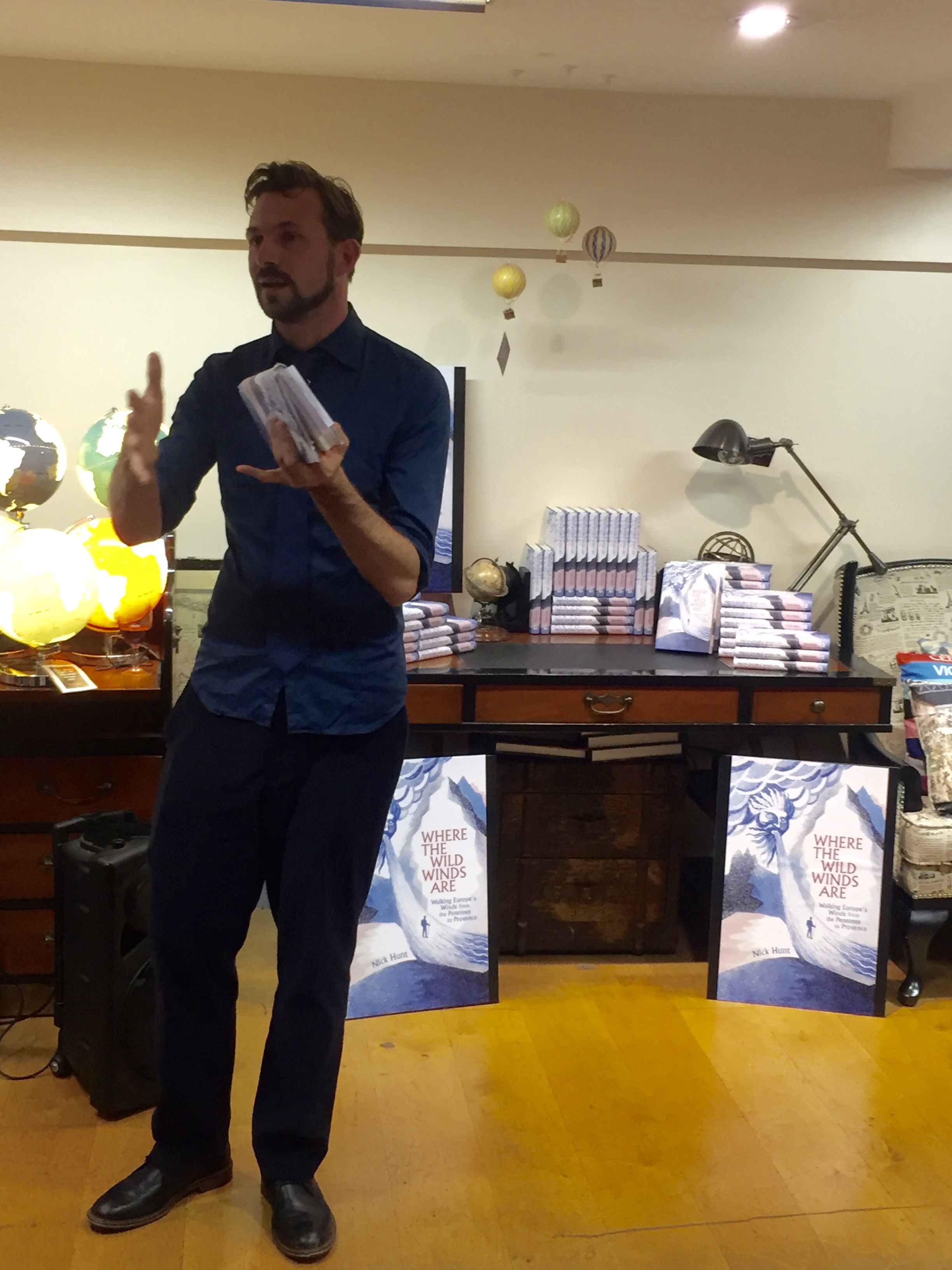
Nick Hunt reads from his new book at the launch at Stanford’s bookshop, London on 6 September 2017
I have left to the end Hunt’s second Wind, the Bora, because it is the one I have personally experienced, and because it seems to me the one most dramatically associated with a particular city. The Bora is a terrific climactic phenomenon that periodically storms down the mountainous coastline of the Adriatic and bursts through gaps in the highlands to fall upon places on the coast. Hunt calls it the ‘enfant terrible of the Adriatic’, and at its worst it can reach hurricane strength.
The Bora is intimately associated with Trieste, a city of tangled nationality, mingled fortunes and pungent character. I have known the place myself for seventy years and have written about it often, but until Hunt’s book reached me I had never heard of the Bora Museum, which is in a back street near the docks and contains 150 bottled winds from the four corners of the world.
Trieste and the Bora have become almost synonymous and they are proud of each other.
Everyone in the city has tales to tell of the wild and boisterous Bora, its rolling over of trams, its stripping of roofs and all its extravagant goings-on – such a contrast from the sometimes melancholy suggestiveness of the city itself. The Bora is fundamental to the self-image of Trieste. There is a street named in honour of it, artists repeatedly celebrate it, you can buy comic postcards of it and local historians like to claim that a nearby battle fought under its influence in AD 394 led directly to the fall of the Roman Empire. I forget exactly why.
I can myself testify that the Bora has the usual deleterious wind effects, including odd sensations of desolation or enervation. Nevertheless, after finishing this fascinating work, it seemed to me that the Bora is the happiest and jolliest of all Hunt’s Winds, the only one, perhaps, with a sense of humour.
Where the Wild Winds Are is full to the brim with learning, entertainment, description, scientific fact and conjectural fiction. It is travel writing in excelsis, and if I have judged it to be too long, that is perhaps because I have had enough of the genre itself. Hunt’s own summing-up of the whole venture expresses it better than I can, anyway. He says that he and his senses have been washed, scoured, scrubbed, frozen, heated, pummelled, pounded, downcast, uplifted and animated by the Winds.
And so, in a way, have mine, by reading his book.
Buy Where the Wild Winds Are: Walking Europe’s Winds from the Pennines to Provence
By Nick Hunt
Nicholas Brearley Publishing 258pp
 Lucy Abel-Smith and Bronwyn Riley have commenced bookings for the 5th Transylvanian Book Festival to be helf in beautiful Richis in Transylvania over the period 12-15 September 2024. There is also an optional extension to visit the unique painted monasteries of Moldavia.
Lucy Abel-Smith and Bronwyn Riley have commenced bookings for the 5th Transylvanian Book Festival to be helf in beautiful Richis in Transylvania over the period 12-15 September 2024. There is also an optional extension to visit the unique painted monasteries of Moldavia.


